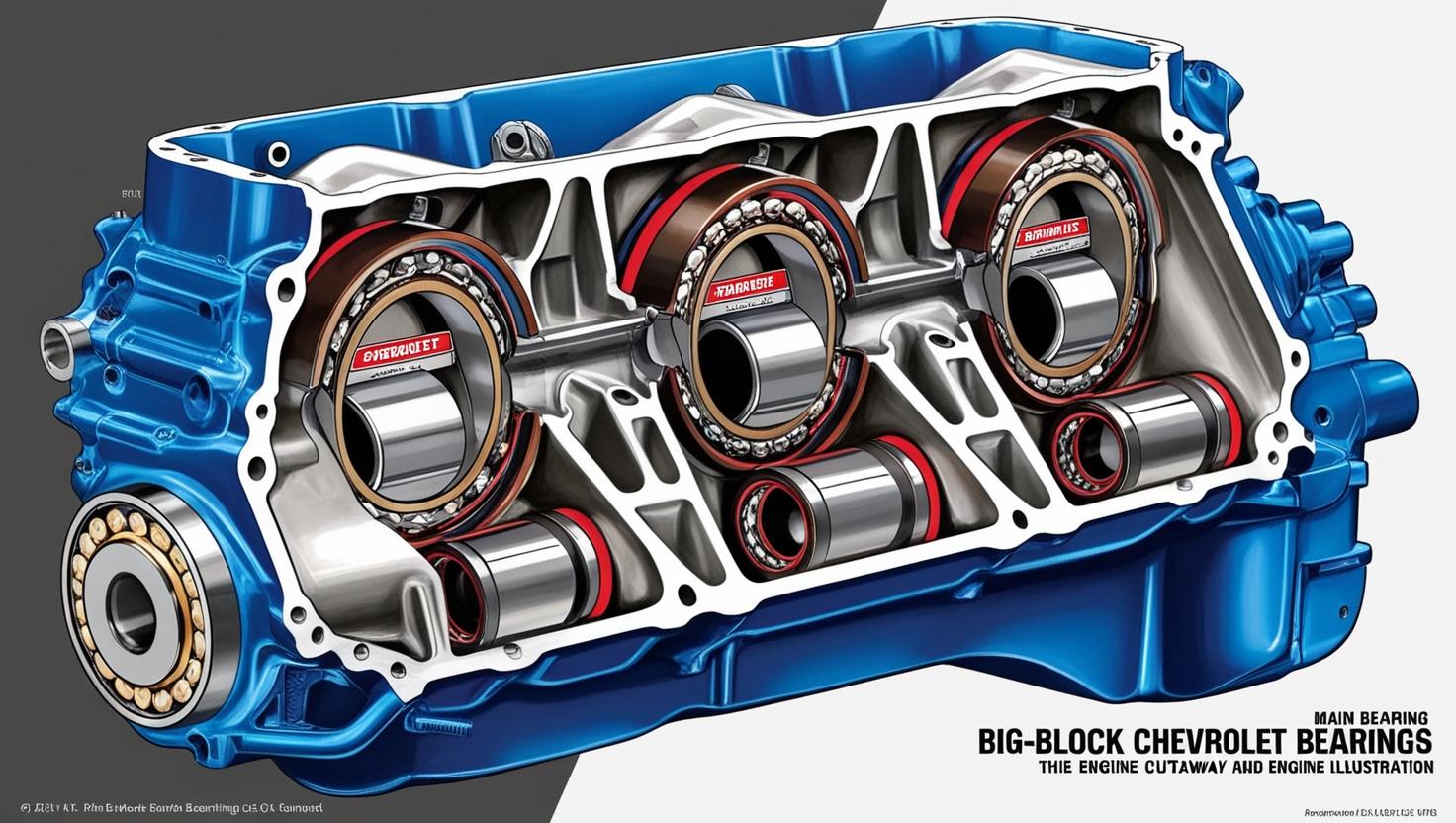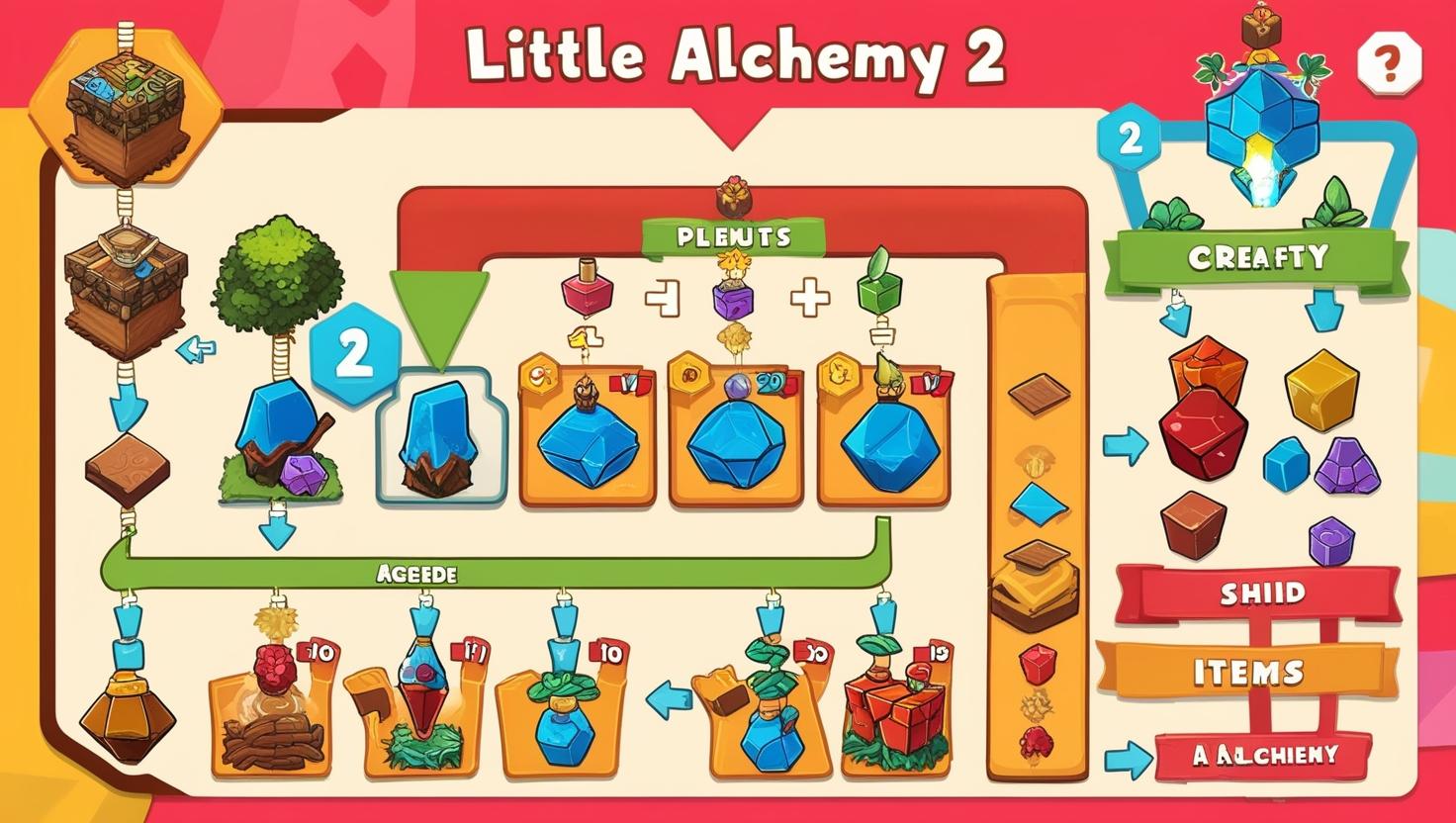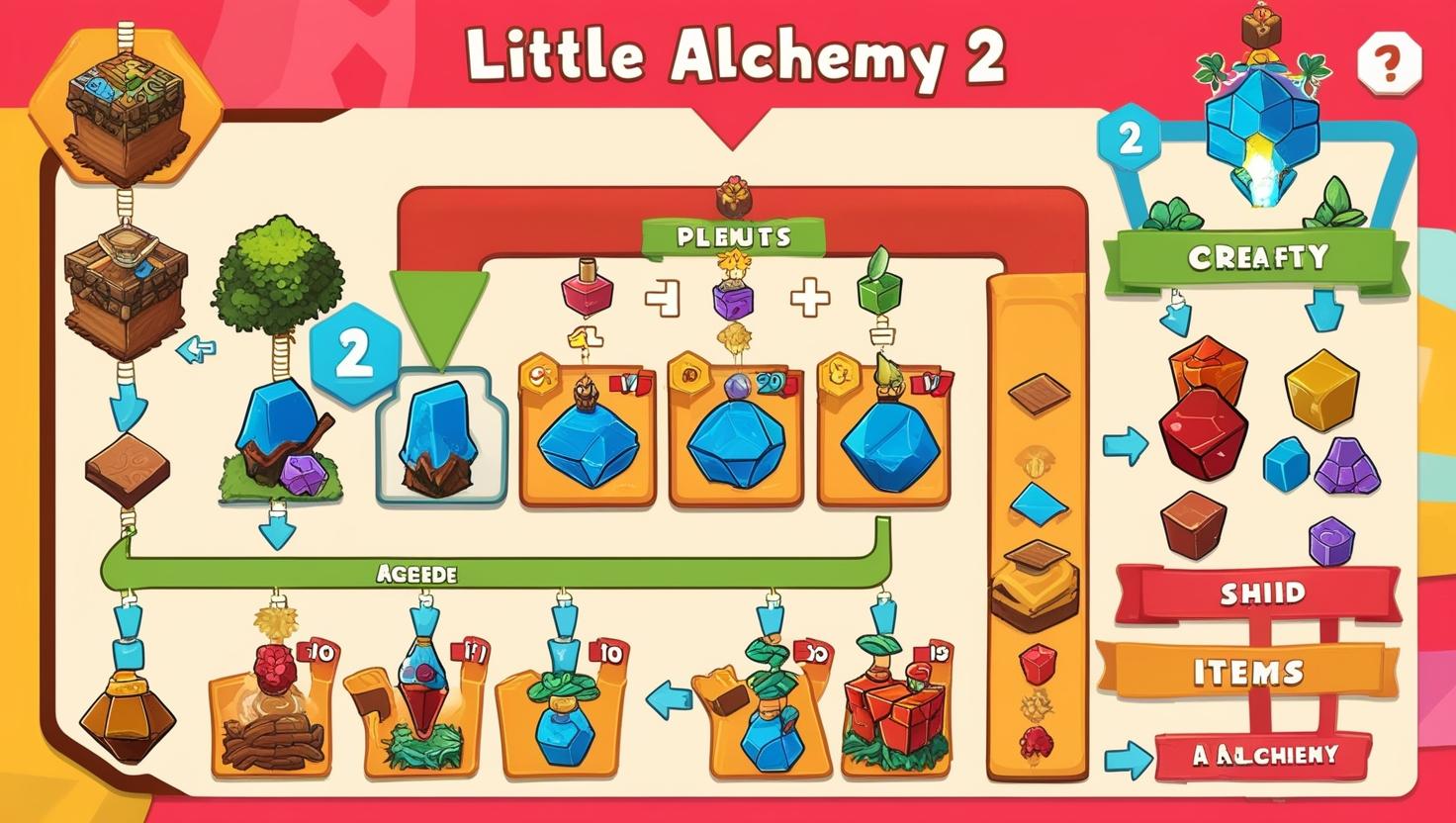When it comes to classic American muscle cars, the big block Chevy engine holds a special place in automotive history. Whether you’re a seasoned mechanic or just a car enthusiast, understanding the inner workings of this iconic engine can be both fascinating and educational. One crucial aspect of any engine is the main bearings, which play a vital role in ensuring smooth and efficient operation. In this article, we’ll explore how many main bearings a big block Chevy has, delve into their significance, and provide insights into maintenance and upgrades.
Introduction to Big Block Chevy Engines
The big block Chevy engine, introduced by Chevrolet in the 1960s, quickly became a favorite among car enthusiasts and racers. Known for its impressive power and durability, the big block Chevy powered many legendary vehicles, including the Camaro, Chevelle, and Corvette. These engines are renowned for their performance and ability to produce substantial horsepower, making them a popular choice for drag racing and muscle car enthusiasts.
The Role of Main Bearings
Before we dive into the specifics of how many main bearings a big block Chevy has, let’s first understand what main bearings are and why they are essential. Main bearings are the components that support the crankshaft within the engine block. They provide a smooth surface for the crankshaft to rotate on, reducing friction and wear. In essence, they keep the crankshaft aligned and ensure that it can rotate smoothly, which is crucial for the overall performance and longevity of the engine.
How Many Main Bearings in a Big Block Chevy?
A big block Chevy engine typically has five main bearings. These bearings are strategically placed along the length of the crankshaft to provide support and stability. Each main bearing consists of two parts: the upper half, which is located in the engine block, and the lower half, which is situated in the main bearing cap. The crankshaft rotates within these bearings, and a thin layer of oil separates the bearing surfaces from the crankshaft, preventing direct metal-to-metal contact.
To provide a clearer picture, let’s break down the main bearings’ placement:
- Front Main Bearing: Located at the front of the engine, this bearing supports the front end of the crankshaft.
- Intermediate Main Bearings: There are three intermediate main bearings positioned along the length of the crankshaft. These bearings provide additional support and stability.
- Rear Main Bearing: Located at the rear of the engine, this bearing supports the back end of the crankshaft and often houses the rear main seal.
Anecdote: The Heart of a Muscle Car
Imagine you’re at a classic car show, and you come across a beautifully restored 1969 Chevy Camaro with its hood proudly open. The engine bay is immaculate, and there it is – a gleaming big block Chevy engine. You can practically hear the roar of the engine in your mind as you admire its intricate design. The owner of the Camaro notices your interest and begins to share stories of how he rebuilt the engine himself, meticulously ensuring that each main bearing was perfectly installed. It’s moments like these that highlight the passion and dedication that goes into maintaining and restoring these iconic engines.
Importance of Main Bearings
Now that we know how many main bearings a big block Chevy has, it’s essential to understand their significance. Main bearings play a crucial role in the engine’s overall performance and longevity. Here are some key reasons why they are vital:
- Support and Stability: Main bearings provide the necessary support to keep the crankshaft properly aligned and stable. Without them, the crankshaft would wobble, leading to excessive wear and potential engine failure.
- Friction Reduction: The smooth surface of the main bearings, combined with a thin layer of oil, reduces friction between the crankshaft and the engine block. This friction reduction is essential for efficient engine operation and longevity.
- Heat Dissipation: Main bearings help dissipate heat generated by the rotating crankshaft. Proper heat dissipation prevents overheating and extends the life of the engine components.
- Load Distribution: Main bearings distribute the loads and stresses generated by the combustion process evenly along the crankshaft. This load distribution prevents localized wear and damage.
Maintenance and Upgrades
Maintaining the main bearings in a big block Chevy is crucial for ensuring the engine’s longevity and performance. Regular maintenance involves checking the oil levels and quality, as oil is vital for lubricating the bearings. It’s also essential to inspect the bearings for signs of wear or damage during routine engine rebuilds or overhauls.
Step-by-Step Guide to Replacing Main Bearings
If you’re an experienced mechanic or a DIY enthusiast, replacing the main bearings in a big block Chevy can be a rewarding project. Here’s a step-by-step guide to help you through the process:
- Preparation: Ensure you have all the necessary tools, including a torque wrench, bearing installation tool, engine hoist, and a repair manual specific to your engine model.
- Disassembly: Drain the engine oil and remove the oil pan, crankshaft pulley, and timing chain cover. Carefully remove the crankshaft by loosening the main bearing caps.
- Inspection: Inspect the crankshaft and main bearing journals for any signs of wear or damage. If the crankshaft is damaged, it may need to be machined or replaced.
- Bearing Removal: Remove the old main bearings from the engine block and main bearing caps. Clean the bearing surfaces thoroughly to remove any debris or contaminants.
- Bearing Installation: Apply a thin layer of assembly lube to the new main bearings and carefully install them in the engine block and main bearing caps. Ensure that the bearing tabs are properly aligned with the bearing saddles.
- Crankshaft Installation: Carefully lower the crankshaft into place, ensuring that it aligns with the main bearings. Install the main bearing caps and torque them to the manufacturer’s specifications using a torque wrench.
- Reassembly: Reinstall the timing chain cover, crankshaft pulley, and oil pan. Fill the engine with fresh oil and prime the oil system before starting the engine.
Upgrades for Enhanced Performance
For those looking to enhance the performance of their big block Chevy, upgrading the main bearings can be a worthwhile investment. Performance bearings, such as those made from high-quality materials and featuring advanced designs, can offer improved durability and reduced friction. Additionally, upgrading to a performance-oriented crankshaft can further enhance the engine’s capabilities.
Conclusion
In summary, a big block Chevy engine typically has five main bearings that provide crucial support and stability to the crankshaft. These bearings play a vital role in reducing friction, dissipating heat, and distributing loads, ensuring the engine’s smooth and efficient operation. Whether you’re maintaining, rebuilding, or upgrading your big block Chevy, understanding the importance of main bearings and their proper maintenance is essential for achieving optimal performance and longevity.
Frequently Asked Questions (FAQs)
1. How many main bearings does a big block Chevy have?
A big block Chevy engine typically has five main bearings that support the crankshaft and ensure smooth rotation.
2. Why are main bearings important in a big block Chevy engine?
Main bearings provide support, reduce friction, dissipate heat, and distribute loads, ensuring the engine’s smooth and efficient operation.
3. How can I tell if my main bearings need replacement?
Signs of worn or damaged main bearings include unusual engine noises, low oil pressure, and excessive crankshaft play. Regular inspections during engine rebuilds can help identify issues.
4. What tools are needed to replace main bearings in a big block Chevy?
Essential tools include a torque wrench, bearing installation tool, engine hoist, and a repair manual specific to your engine model.
5. Can upgrading main bearings improve engine performance?
Yes, upgrading to performance bearings made from high-quality materials can offer improved durability and reduced friction, enhancing the engine’s overall performance.
For more information on big block Chevy engines and main bearings, you can visit Chevrolet’s official website and reputable automotive forums where enthusiasts share their experiences and insights.










